Are you a curious traveller, eager to discover what to see in Verbania, the enchanting gem on the Lake Maggiore shore? This pretty and elegant town considered the lakeside garden nestled in the Verbano-Cusio-Ossola province, is situated in a dominant position on a promontory overlooking the Borromean Gulf.
Are you ready to know about what to see in Verbania? First and foremost, it is a beautiful location because of its picturesque sceneries, the splendor of its historical buildings and ancient mansions, and its architectural treasures. If you are a nature and bucolic views enthusiast, you will be pleasantly surprised by the wide range of botanical gardens and urban parks rich in lush vegetation.
Among the beautiful attractions, perfect for lovers of art, nature, and botany, who are wondering what to see in Verbania to spend a pleasant stay there, we would like to mention the magnificent botanical gardens of Villa Taranto with over 20000 species of endemic flora, including the giant Victoria water lily and metasequoia glyptostroboides. They are dotted with fountains, greenhouses, and flowerbeds and they include a winter garden, terraced gardens, and herbarium with species from South America, New Zealand, and Australia. So let's take a trip through the treasures, artistic masterpieces, and main places of interest of charming Verbania with advice about what to see in Verbania from Visit Italy.
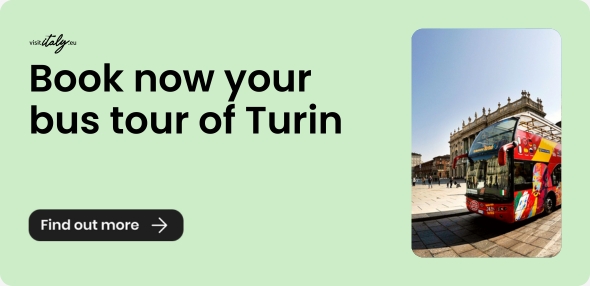
What to see in Verbania: welcome to the jewel of Lake Maggiore
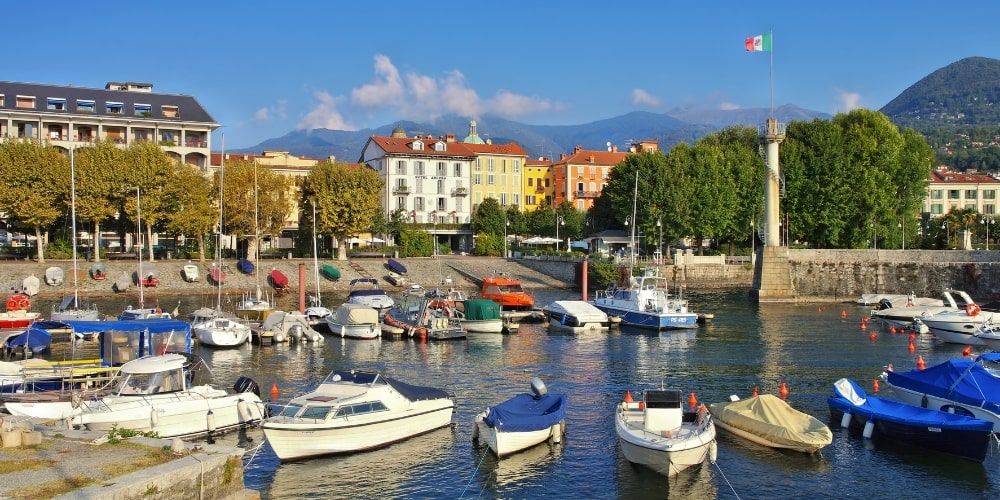
Are you planning to spend a relaxing holiday among the wonders of Lake Maggiore? When the time comes to outline the main stages of your itinerary, one of the essential steps is to think about what to do and what to see in Verbania.
Before embarking on an exciting tour to discover the gems of this fascinating destination, let us point out a curiosity: romantic Verbania is a scattered municipality made up of no less than 12 hamlets dotting the banks of the Toce: Antoliva, Cavandone, Biganzolo, Intra, Fondotoce, Possaccio, Pallanza, Torchiedo, Suna, Unchio, Trobaso and Zoverallo. Intra and Pallanza are the oldest settlements, dating back to the 11th century when the area belonged to the bishops of Novara. Then they came under the influence of Frederick Barbarossa.
This lake village rises in a unique natural and scenic setting, surrounded by hilly slopes and mountainous elevations. If you are looking for what to see in Verbania, you will discover that this destination is much sought-after by travellers for its splendid views and historic villas. Their elegance and poetry have inspired artists, intellectuals, and musicians from all European countries. Furthermore, their natural treasures have been renowned since the age of the Grand Tour in the 19th century.
Follow the valuable advice of our guide, which will provide you with appealing indications and tips on what to see in Verbania.
What to see in Verbania: history and culture
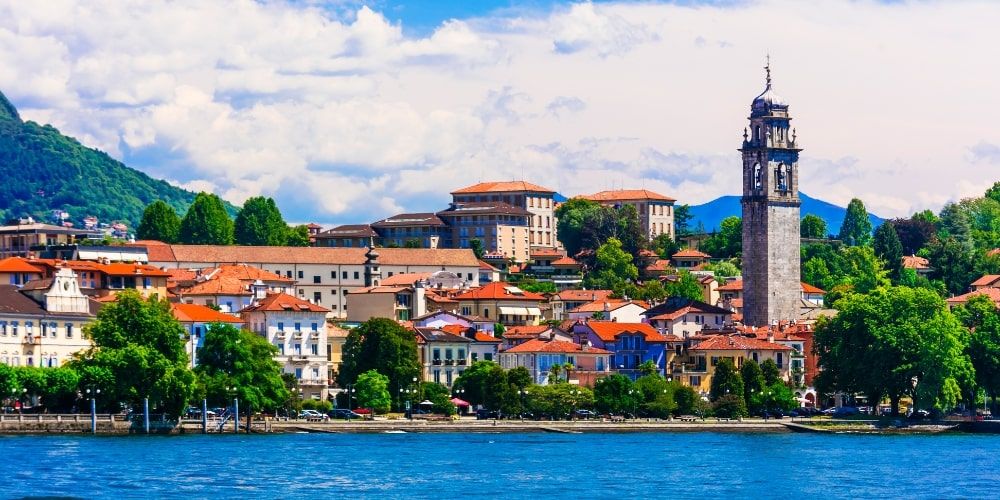
What about giving yourself a magical weekend in Piedmont? Are you looking for information about local history and what to see in Verbania in one day? Its establishment dates back to 1939 from the merger of several residential areas, even if the first traces of urban settlement date back to the Leponzi, an ancient population with a Ligurian or Celtic origin. During the 1st century BC, the annexation of the area around Lake Maggiore to the Roman Empire took place, as attested by the ancient denomination, which was Verbanus Lacus.
During the Middle Ages, the bishops of Novara and several noble families fought over Pallanza and Intra. In the 14th century, the territories of these two hamlets became part of the possessions of the Duchy of Milan. Later they were subdivided into fiefdoms attributed to various local dynasties. The 16th century saw a succession of different dominations, from the Habsburgs to the Napoleonic Empire to the Savoys dynasty.
What to see in Verbania: historic centre
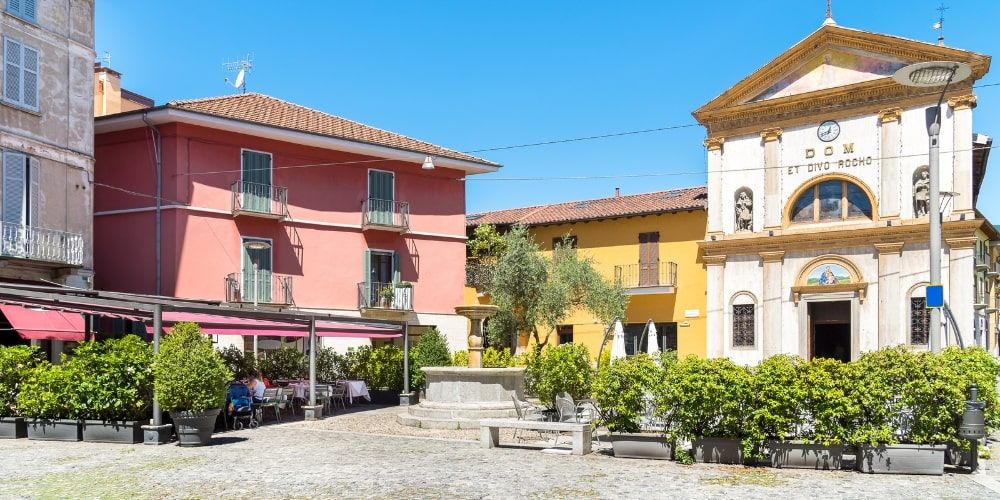
Are you wondering what to see in Verbania? If you are planning a journey to discover the villages and landscapes of Lake Maggiore, you can devote yourself to exploring Verbania. It's a splendid pearl set on its shores in a fairytale lake landscape. The historic villas of the Borromeo, Savoy, and Habsburg dynasties, lush botanical gardens, and splendid lakeside promenades will mesmerise you with the poetry of its naturalistic views and picture-postcard panoramas.
The first stage of our tour is the picturesque historic center, a treasure chest of beauties, visiting which you will appreciate ancient palaces and religious buildings in the Romanesque style, such as the Church of the Madonna di Campagna, inside which there are masterpieces by Camillo Procaccini, Carlo Urbino, Bernardino Lanino and Aurelio Luini. Palazzo Dugnani, the current seat of the Historical-Artistic Museum dedicated to the Verbano landscape, is embellished with decorative motifs typical of the Baroque era. You can admire paintings by Lombard and Piedmontese artists during the 19th and 20th centuries.
Other places of interest are the Roman-Celtic archaeological collection and the Paolo Troubetzkoy plaster cast gallery. Strolling through the historical center, you will be allured by the picturesque alleys dotted with workshops where skilled and expert artisans make fascinating works of art with creativity.
What to see in Verbania: detached houses and botanical gardens to visit
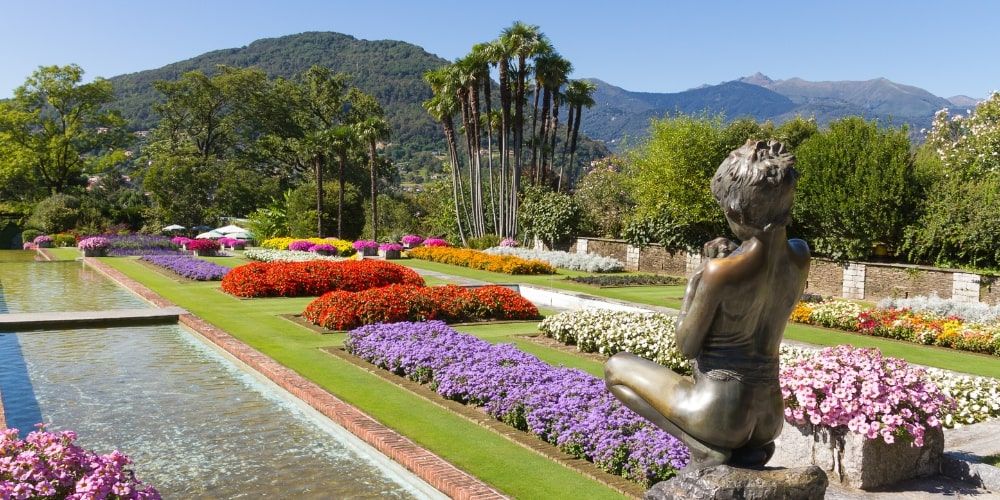
The romantic and enticing town of Verbania, a gem of rare beauty, also offers the opportunity to visit some very suggestive attractions to art and history enthusiasts, such as the sumptuous Art Nouveau villas rising on the Castagnola promontory. From this place, it is possible to contemplate the evocative landscape of the lake.
Our overview regarding what to see in Verbania takes us to Villa Taranto, one of the most charming historical buildings surrounded by luxuriant botanical gardens, which house an extraordinary collection of exotic species with over 2000 varieties of plants thanks to the care and commitment of Scottish-born Captain Neil McEacharn. The mix of ornamental plants that are typical of the European continent, including beeches, birches, hydrangeas, and azaleas, and species from tropical areas, in addition to tulips in spring and dahlias in autumn, will exhilarate you with a lot of fragrances and essences. We also suggest you take some time to visit the garden's Herbarium, where fascinating natural paintings designed are set up to valorize the endemic spontaneous flora, the Putti fountain surrounded by the so-called elephant ears and primroses, and the magnificent avenue of conifers amidst spectacular and elegant water features.
Carrying on our exploration about what to see in Verbania, we come to Villa San Remigio, located around the oratory dating back to the 1100s and embellished with splendid polychrome frescoes.
It stands on the Castagnola hill and it dates back to the early 20th century. Marquis Silvio della Valle di Casanova, a musician and scholar, and Sofia Browne, a famous Irish painter, resided here. The adjacent park includes a Medieval vegetable garden, the Garden of Gladness and Flavours, and an orchard. Currently, you can visit its gardens by appointment.
What to see in Verbania in one day
Our journey, perfect for travellers wishing to know what to see in Verbania, takes us to visit the other enchanting hamlets of this romantic and picturesque area. Intra, whose toponym originates from its particular geographical position between two streams, is a small town dating back to Middle Ages and it is very appreciated for its wonderful lakefront and commercial port.
Crossing the San Bernardino stream and heading towards Pallanza, you can admire the luxuriant vegetation of the park of Villa Majoni, a jewel designed and built at the beginning of the 20th century by architect Giuseppe Baroggi: it houses Verbania's municipal library and a delightful English-style park, dotted with rare botanical species of considerable naturalistic value, extends nearby. You can also admire the Major Theatre, whose design was entrusted to a team of architects led by Salvador Perez Arroyo: it hosts famous concerts and gala events.
The neoclassical basilica of Saint Vittore, dating back to the 18th century and completed during the 19th century, also stands in the enchanting centre. It shields precious masterpieces by Aurelio Luini and Camillo Procaccini and a refined wooden choir. A curiosity: the bell tower, adorned with a refined copper dome, is separate from the main structure of the religious building. In tiny Pallanza there is the 16th-century Parish Church of San Leonardo, which houses a magnificent organ by Eugenio Biroldi, and the Church of Madonna of the Countryside.
Other places of worship that we recommend you add to your list of attractions are the small Church of Buon Rimedio in Cavandone, the Oratory of San Remigio, which has been a national monument since 1908, the Evangelical Methodist Church, the Church of Saint Lucia in the hamlet of Suna, whose vault is embellished with eight wonderful oil tondos by the painter Mario Tozzi, and the Parish of Saint Sebastiano and Fabiano.
What to see in Verbania with children: Borromean Islands
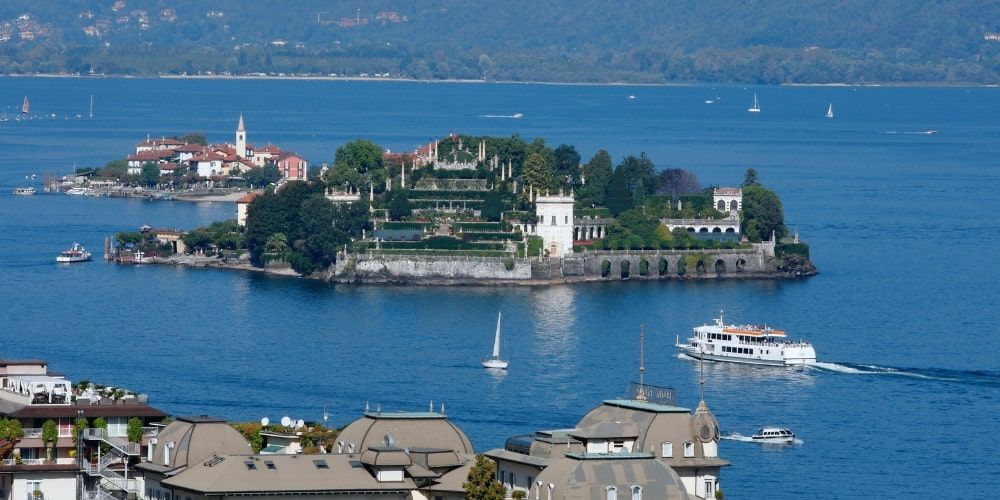
An unmissable stage to include among the sights to see in Verbania is the Borromean Islands archipelago: the first island you reach from Pallanza is Isola Madre. During the 16th century, the noble Borromeo family shaped it with architectural maintenance works, and they turned it into a spectacular residence with a colorful English-style botanical garden.
Another tourist destination we recommend is Upper Fishermen's Island, characterized by the atmosphere of the villages of yesteryear. The bijoux par excellence is Isola Bella, the most famous, whose current appearance can be traced back to the many interventions made by Vitaliano VI since the 1600s. The refinement of the Baroque palace and Italian-style gardens will enchant you. The island of San Giovanni was the abode of one of its illustrious inhabitants, Arturo Toscanini. Moreover, you can see one of the most picturesque corners of Lake Maggiore from the Malghera cliff.
Discover the Borromee Islands tour on Lake MaggioreWhat to see in Verbania: hiking and tours
Lovers of trekking and outdoor sports can benefit from a bicycle and pedestrian path that connects Verbania to Pallanza, along which you will see spectacular lake views, sumptuous historic palaces, and ancient villas. Along the route, you will find the 19th-century Villa Rusconi - Clerici, also known by its previous denomination of Villa Biffi, characterised by a neo-Baroque style and surrounded by a charming garden.
Nearby Pallanza, you will reach the so-called Palazzo di Città and the neoclassical Villa Giulia, which belonged to the Branca family and hosts temporary museum exhibitions. We point out a curiosity: in the past, fairy-tale artificial caves adorned its gardens. One of Pallanza's major attractions is the Landscape Museum, housed in the Baroque aristocratic Palace known as Viani Dugnani: you can contemplate sculptures by Arturo Martini, paintings depicting landscapes of 19th-century inspiration, and works of art from the 19th and 20th centuries. The Nature Reserve of the Rushes of Fondotoce, which hosts copious species of the local avifauna, is one of the most striking naturalistic corners.
What to do and what to see in Verbania in the evening
If you choose Verbania as your next holiday destination, you will also appreciate the many initiatives that animate the town in the evening hours. The offer of trendy nightclubs in a dreamlike location is varied to satisfy all the tastes of nightlife lovers. Most of the proposals are in the picturesque background of the old town.
As you stroll along the lakefront, you will find characteristic cafés, wine bars, and lounge bars with suffused atmospheres that organize exciting DJ sets and engaging cultural and entertainment events, livened up by live music for unforgettable moments of joy and lightheartedness. You can enjoy an exquisite aperitif with your friends in one of the delightful historical venues or the most fashionable beach resorts before spending a magnificent evening on the dance floor.
How to get to Verbania
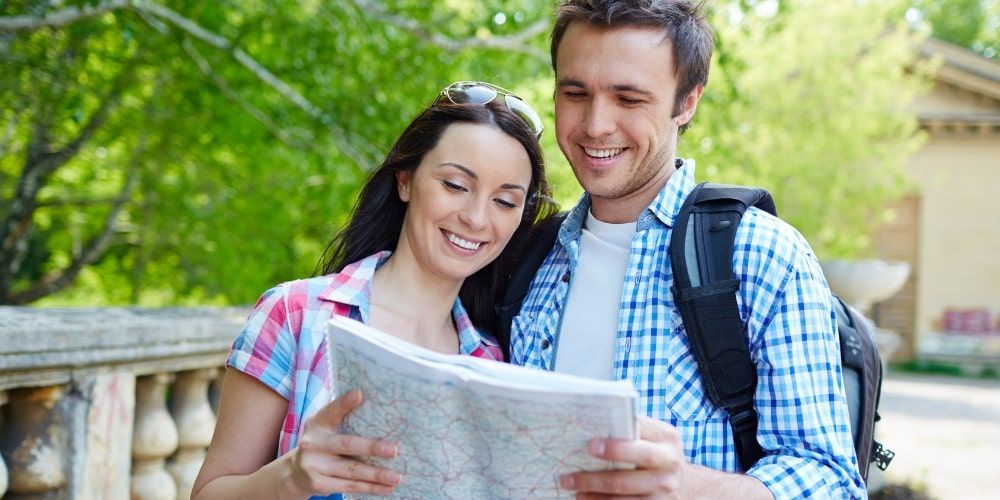
The enchanting Verbania is easily reachable from the main roads. It is distant almost an hour and a half from Milan if you travel by car along the Lakes Highway towards Gravellona Toce or one hour by train.
Before analyzing what to see in Verbania, we provide you with some indications to get there quickly. If you travel from the Lombard County capital, we suggest you should choose the Milano Centrale or Porta Garibaldi stations. Then you can proceed in the direction of Domodossola and get off at the Verbania Pallanza stop. Once there, you can take the bus to Verbania. If you want to spend a pleasant trip with little time to spare, you could choose the Eurocity to Stresa to take advantage of a punctual and comfortable service.
What to see in Verbania: discover the treasures of one of the most popular villages of lake Maggiore
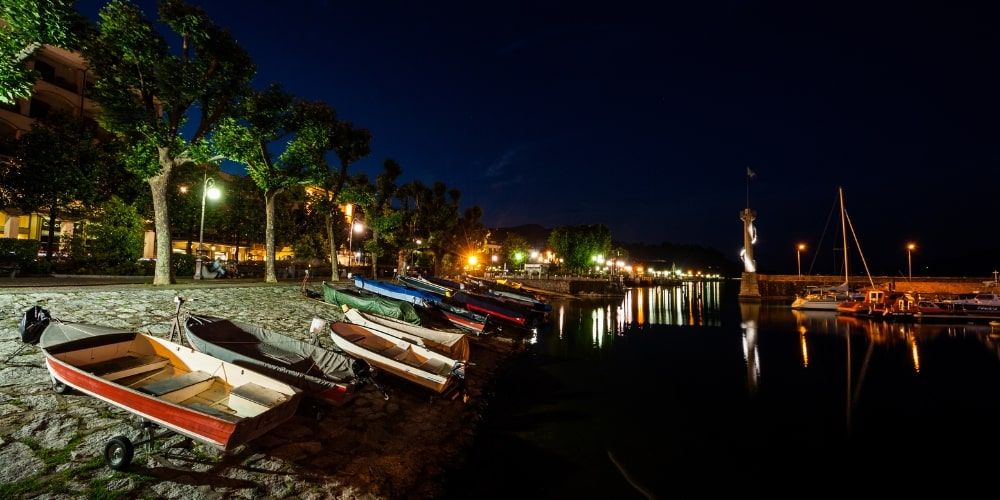
• What to see in Verbania: welcome to the jewel of Lake Maggiore
• What to see in Verbania: history and culture
• What to see in Verbania: historic centre
• What to see in Verbania: detached houses and botanical gardens to visit
• What to see in Verbania in one day
• What to see in Verbania with children: Borromean Islands
• What to see in Verbania: hiking and tours
• What to do and what to see in Verbania in the evening
• How to get to Verbania and what to see
• What to see in Verbania
About the author
Written on 25/07/2023


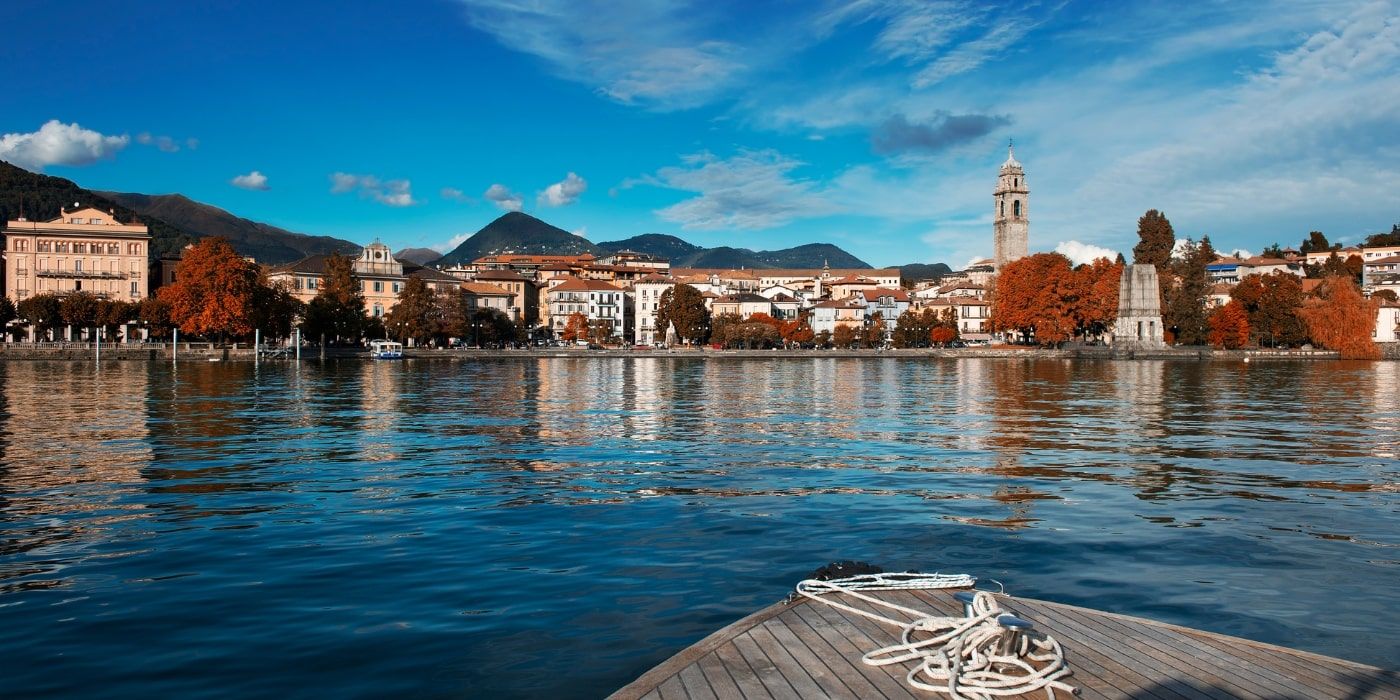
Simone Pini
Are you dreaming of a romantic weekend? Would you like to know what to see in Verbania, the gem of Lake Maggiore? Discover with Visit Italy.